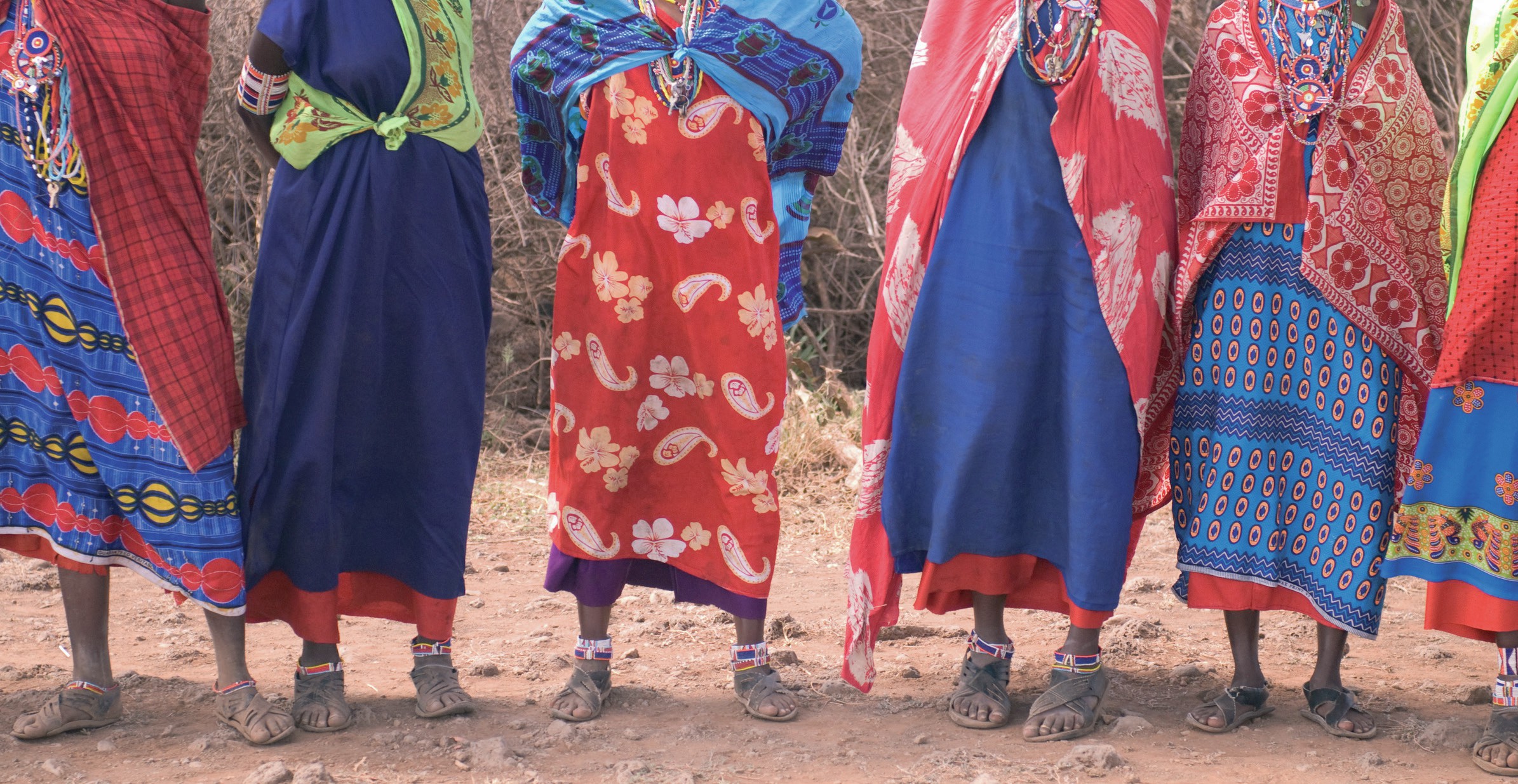
provision of credit, less-developed countries, microfinance initiatives
Microfinance is a form of retail banking service that offers small loans and deposit facilities for unemployed or low-income people. It is primarily used in developing countries, for those who cannot access conventional financial services because they lack sufficient collateral or security for the repayment of a loan. Borrowers are often poor, small groups and low-key entrepreneurs seeking loans of two or three times their income. They lack regular earnings or employment and their credit history can be difficult to verify. Lenders — microfinance institutions (MFIs) — empower them to become self-reliant by agreeing informal lending arrangements, emphasising skills and enterprise rather than charitable donations. Borrowers typically repay on time — estimates suggest almost 90% of loans are honoured.
Your organisation does not have access to this article.
Sign up today to give your students the edge they need to achieve their best grades with subject expertise
Subscribe




